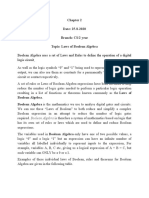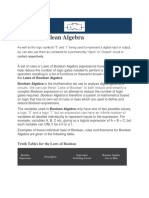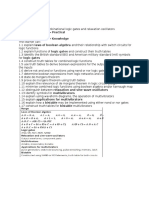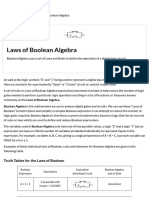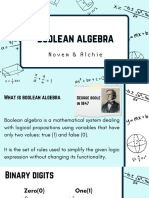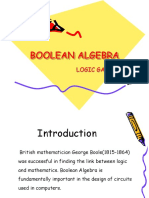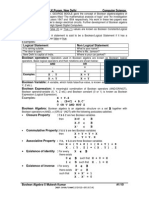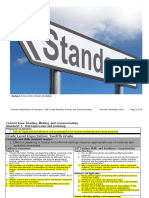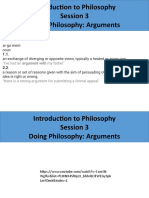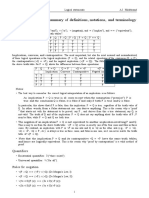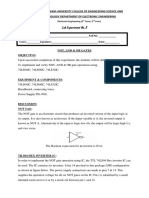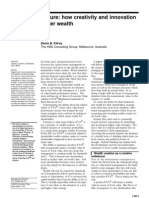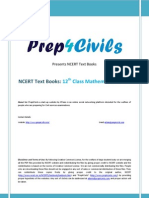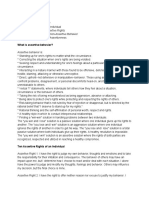0% found this document useful (0 votes)
7 views28 pagesDLD Lecture 8 Boolean Algebra
The document provides an overview of Boolean Algebra, including its properties and basic operations such as Boolean addition and multiplication. It emphasizes the importance of simplifying Boolean expressions to optimize digital circuits and includes solved examples and unsolved problems for practice. Key laws of Boolean Algebra, such as the annulment law, identity law, and De Morgan's law, are also discussed.
Uploaded by
nymar010.11Copyright
© © All Rights Reserved
We take content rights seriously. If you suspect this is your content, claim it here.
Available Formats
Download as PDF, TXT or read online on Scribd
0% found this document useful (0 votes)
7 views28 pagesDLD Lecture 8 Boolean Algebra
The document provides an overview of Boolean Algebra, including its properties and basic operations such as Boolean addition and multiplication. It emphasizes the importance of simplifying Boolean expressions to optimize digital circuits and includes solved examples and unsolved problems for practice. Key laws of Boolean Algebra, such as the annulment law, identity law, and De Morgan's law, are also discussed.
Uploaded by
nymar010.11Copyright
© © All Rights Reserved
We take content rights seriously. If you suspect this is your content, claim it here.
Available Formats
Download as PDF, TXT or read online on Scribd
/ 28





